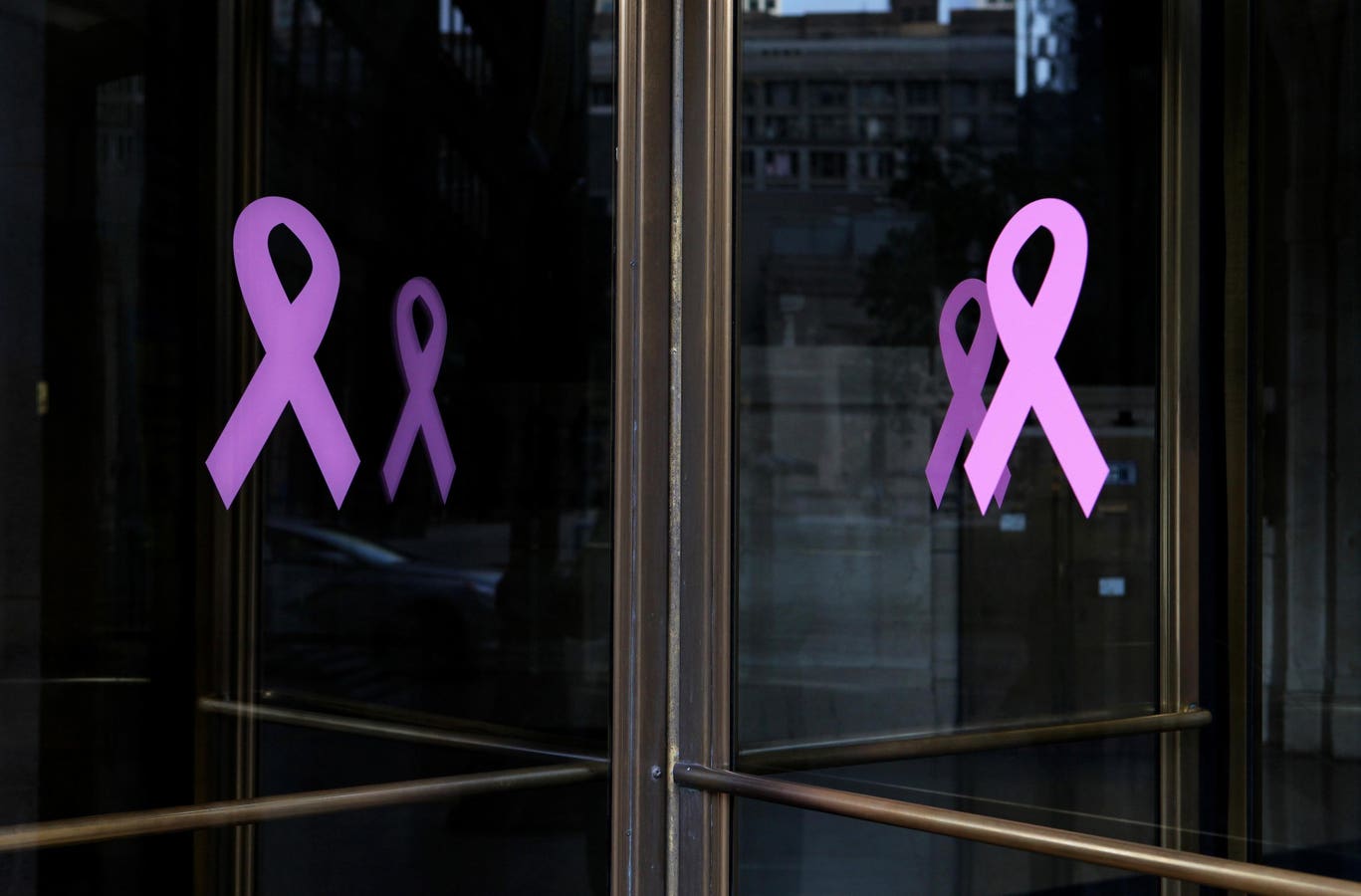October marks the beginning of Breast Cancer Awareness Month, which should behoove all of us to understand the most important aspects of breast cancer.
After skin cancer, breast cancer is the most commonly diagnosed cancer among U.S. women. There are currently more than four million women with a history of breast cancer in the United States, according to breastcancer.org.
There are several risk factors for breast cancer, some that are out of one’s control and others that can be modified. The most significant non-modifiable risk factors include age and sex at birth. Women and those older than 50 years of age are at increased risk of developing breast cancer. In addition, those with a family history of breast cancer and families with certain inherited gene mutations such as the BRCA1 and BRCA2 genes are also at increased risk of developing breast cancer.
Modifiable risk factors that are linked to breast cancer include physical inactivity, obesity, drinking alcohol, smoking tobacco and taking hormone replacement therapy.
Although the vast majority of breast cancers occur in women, men can also get breast cancer. This year alone, the American Cancer Society estimates that nearly 3,000 men will be diagnosed with invasive breast cancer and more than 500 will die from it.
Common signs and symptoms of breast cancer include a new lump or mass in the breast, breast or nipple pain, nipple retraction, nipple discharge, skin dimpling, swelling or redness around the breast as well as swollen lymph nodes under the arm.
For many, however, there can be no signs or symptoms associated with breast cancer, which highlights the importance of getting screened with a mammogram. Mammograms are diagnostic tests that use x-rays to look at the breasts to diagnose breast cancer. The amount of radiation received from this test is about 0.4 millisieverts, which is equivalent to the amount of radiation a woman would get from her natural surroundings over seven weeks of time.
Women who are between the ages of 40 and 74 with average risk should get screened for breast cancer every two years with mammograms, according to the United States Preventive Services Task Force. Data shows that beginning screening at the age of 40 saves lives when compared to no screening with mammography. Early detection allows cancer to be diagnosed before symptoms arise and also prevents late diagnosis of cancers that can prove difficult to treat.
Per a new FDA regulation, facilities that provide mammograms are now required to notify women of their breast density. This is important because having dense breasts is also a risk factor for breast cancer, and having dense breasts makes it harder for radiologist physicians to detect cancer on a mammogram since the density of breast is similar to the density of cancer on mammogram. Those with dense breasts may be offered additional tests after speaking to their physicians.
While all races and ethnicities are affected by breast cancer, women of color experience significant disparities with respect to screening, diagnosis and treatment compared to their White peers. As an example, Black women have a 41 percent higher death rate from breast cancer compared to White women, despite the latter being diagnosed more commonly for breast cancer. Addressing these disparities will require a multifaceted approach between physicians, public health personnel and policymakers to enable greater access to care for all individuals as well as more inclusive representation of minorities in clinical trials and research.
This month marks an important time to take a pause and uplift those you know who have been diagnosed or are being treated for breast cancer. Getting a mammogram should be a priority for all women who are eligible to get it, as it could be the difference between your life and death.
Read the full article here





